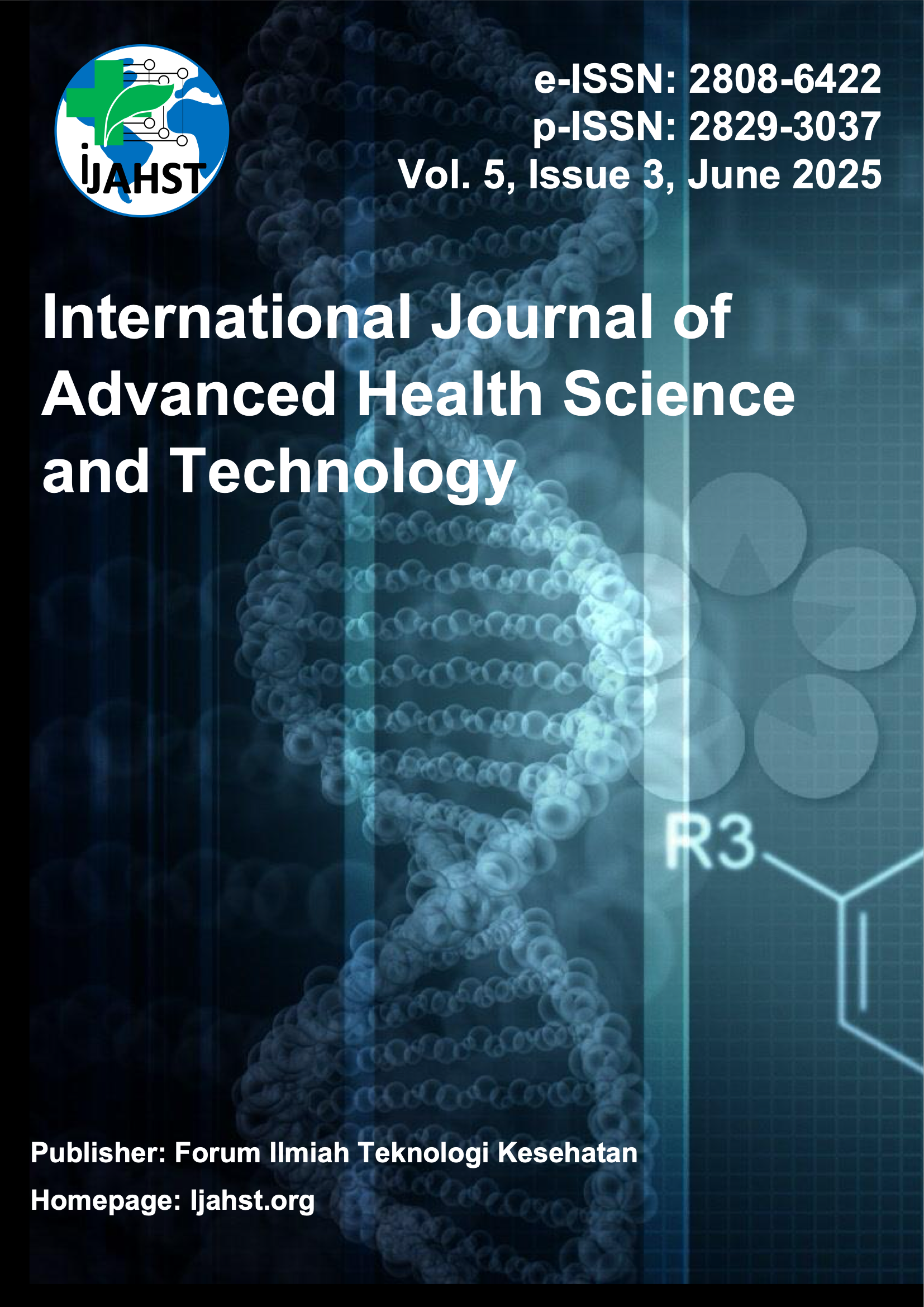Automated Detection of Histological Hallmarks in Frontotemporal Lobar Degeneration Using Deep Learning
Abstract
Frontotemporal lobar degeneration (FTLD) is a progressive neurodegenerative disease marked by distinct histological hallmarks, including Pick bodies. Manual identification is time-consuming, subjective, and requires expert neuropathologists. This study developed a convolutional neural network (CNN) for the automated detection of Pick bodies in histological images of FTLD. The model achieved 86.3% accuracy, 89.0% recall, and 0.91 ROC AUC, demonstrating its potential for objective and scalable identification of FTLD-related histopathological features, with applications for clinical diagnosis. Inference time per image was 0.042 seconds. Pixel density analysis revealed a significant difference between positive (mean 59.8) and negative (mean 47.3) regions. These findings support the feasibility of deep learning in neuropathology, enabling objective and scalable identification of FTLD-related changes. This approach offers potential for clinical integration, accelerated diagnosis, and expansion to other neurodegenerative disorders.
Full text article
Authors
Copyright (c) 2025 Salma Abdel Wahed, Mutaz Abdel Wahed

This work is licensed under a Creative Commons Attribution-ShareAlike 4.0 International License.
Authors who publish with this journal agree to the following terms:
- Authors retain copyright and grant the journal right of first publication with the work simultaneously licensed under a Creative Commons Attribution-ShareAlikel 4.0 International (CC BY-SA 4.0) that allows others to share the work with an acknowledgement of the work's authorship and initial publication in this journal.
- Authors are able to enter into separate, additional contractual arrangements for the non-exclusive distribution of the journal's published version of the work (e.g., post it to an institutional repository or publish it in a book), with an acknowledgement of its initial publication in this journal.
- Authors are permitted and encouraged to post their work online (e.g., in institutional repositories or on their website) prior to and during the submission process, as it can lead to productive exchanges, as well as earlier and greater citation of published work (See The Effect of Open Access).

